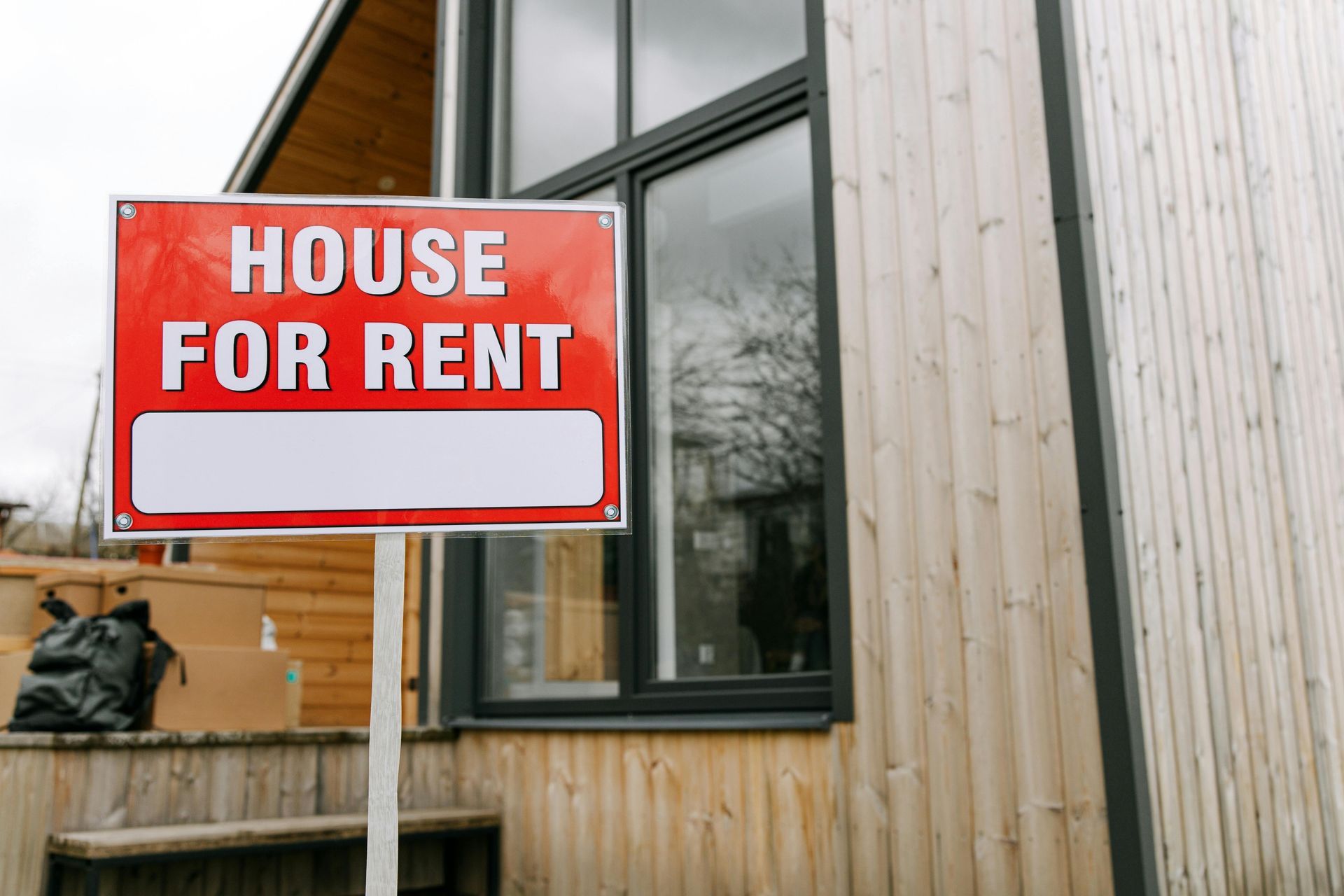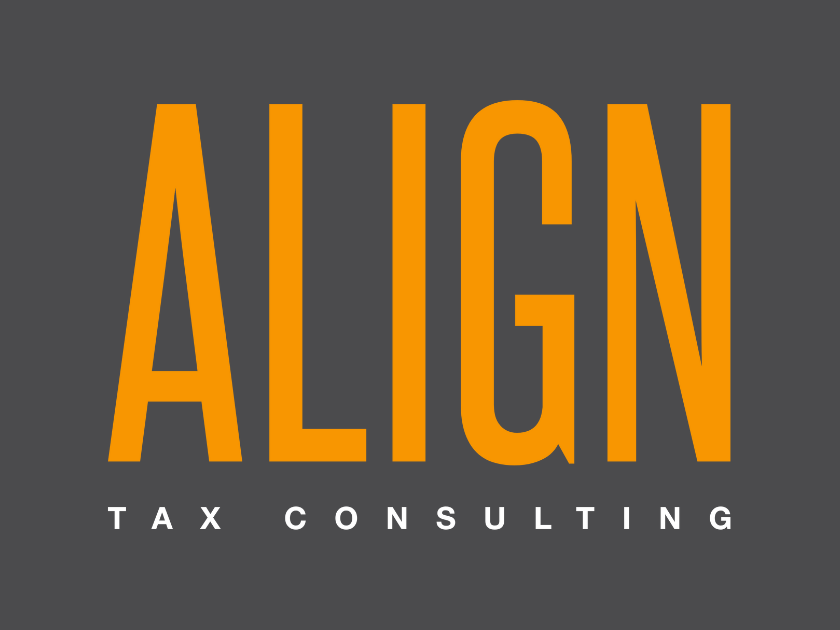Your Guide to Cost Segregation
Boost Cash Flow with Cost Seg: Common Questions Answered
Tax planning can often feel overwhelming, especially for real estate owners trying to navigate a maze of strategies to minimize their tax liability. One tool that’s both powerful and underutilized is cost segregation—a method that accelerates depreciation and significantly reduces taxable income.
Yet, many property owners are surprised to learn that a cost segregation study requires the expertise of engineering professionals to analyze and reclassify building assets.
At Align, we frequently encounter property owners who are unfamiliar with cost segregation or unsure how it works. To bridge this gap, we’ve compiled answers to the most frequently asked questions about cost segregation. Whether you’re exploring it for the first time or seeking a deeper understanding, this guide will simplify the process, highlight its benefits, and demonstrate how simple it can be to unlock substantial tax savings.
What is cost segregation?
Cost segregation is a tax strategy that allows property owners to maximize depreciation deductions by reclassifying certain components of their buildings into shorter depreciation periods. While buildings are typically depreciated over 27.5 years (residential) or 39 years (commercial), some assets—like carpeting, cabinetry, and machinery-specific systems—qualify for shorter lifespans, such as 5, 7, or 15 years.
A cost segregation study is an engineering-based analysis that properly classifies these assets. By accelerating depreciation, property owners can reduce taxable income and increase cash flow in the early years of ownership.
What are the benefits of cost segregation?
Cost segregation provides property owners with several key advantages:
- Accelerated Depreciation: Maximize deductions earlier in the asset’s life for immediate tax savings.
- Lower Tax Liability: Reduce taxable income through increased depreciation deductions.
- Increased Cash Flow: Use tax savings to reinvest in your business or other opportunities.
- Simplified Asset Dispositions: When assets are later removed or replaced, cost segregation simplifies write-offs and tax reporting.
What is the typical process of a cost segregation study?
At Align, we make the cost segregation process straightforward and seamless for our clients:
- Step 1: Initial Consultation & Proposal
We start with a feasibility analysis to determine if a study makes sense for your property and tax situation. If it’s beneficial, we provide a detailed, no-cost proposal outlining the estimated savings and our fees.
- Step 2: Document Request & Site Visit
Once engaged, we’ll request relevant documents, such as blueprints and depreciation schedules, and schedule a site visit. During the visit, our engineers take measurements, photos, and gather detailed information about the property.
- Step 3: Delivery of the Report
Our comprehensive report includes:
- Detailed asset listing with their associated classifications.
- Tax citations supporting our methodology and classifications.
- A summary of results and associated support.
The report isn’t filed with your tax return but should be retained in case of an audit.
- Step 4: Implementation and Support
We work closely with your tax preparer to implement the study, including necessary documentation and draft Form 3115 and draft Attachment to 3115, when needed. Our team remains available to address any questions or support your tax needs.
How long does it take to complete a study?
A cost segregation study typically takes 6–8 weeks to complete. During peak tax season, the timeline may extend slightly due to demand. Our goal is to conduct the site visit within two weeks of engagement and deliver the final report within 3–5 weeks.
Can I complete a cost segregation study myself?
While online DIY tools exist, we strongly recommend hiring an expert. Conducting a cost segregation study requires extensive knowledge of tax law, engineering, and construction. Without professional expertise, you risk:
- Missing eligible assets, leaving savings on the table.
- Errors that could lead to IRS penalties if challenged.
A professional provider ensures accuracy, maximizes savings, and offers audit support if needed.
What type of properties qualify for cost segregation studies?
Any business or rental property acquired, renovated, or constructed since 1986 could be a great candidate for cost segregation. Ideal candidates for cost segregation include:
· Commercial, industrial or residential rental properties
· Owner-occupied commercial or business properties
· Properties with a basis more than $350,000
· Properties placed in service after 1986
Does cost segregation always make sense?
Cost segregation isn’t always the right fit. Situations where it may not be beneficial include:
· Short-Term Ownership: If you plan to sell within 3–5 years after a study, depreciation recapture could negate savings.
· No Taxable Income: Without income to offset, accelerated deductions won’t provide immediate value.
· Low Property Value: The cost-to-benefit ratio may not justify the study for small properties.
A trusted provider will be transparent if a study isn’t right for your situation.
Is there an increased chance of audit with a cost segregation study?
No. When performed by a qualified professional, cost segregation is fully supported by the IRS. Align follows the IRS Audit Technique Guide to ensure compliance, accuracy, and defensibility. Align’s team has significant experience in preparing reports that withstand IRS scrutiny.
Can cost segregation be combined with other tax strategies?
Absolutely! Cost segregation can certainly be used with other tax strategies to maximize benefit and tax savings. Common incentives that cost segregation studies are used in conjunction include 179D studies, 45L studies, 1031 exchanges, and historic tax credits. However, it’s best to best work with a tax professional and cost segregation expert that maximize benefit is being received from the strategies being implemented.
What should I consider when choosing a provider?
Choosing the right provider is critical. Look for:
- Transparency about costs and benefits.
- Significant experience and expertise in cost segregation.
- Use of IRS-compliant methodologies.
- Audit defense of their work
- They will work with your tax preparer throughout the entire process.
At Align, we pride ourselves on going the extra mile to deliver results you can trust.
Ready to explore cost segregation?
Cost segregation is a powerful tool for reducing tax liability and increasing cash flow. Whether you’re new to the concept or looking for a trusted provider, Align is here to help. Contact us today for a free consultation and find out how much you could save!
Interested in a free estimate of savings?
Want to stay Tax Savvy?
Join our Newsletter!









